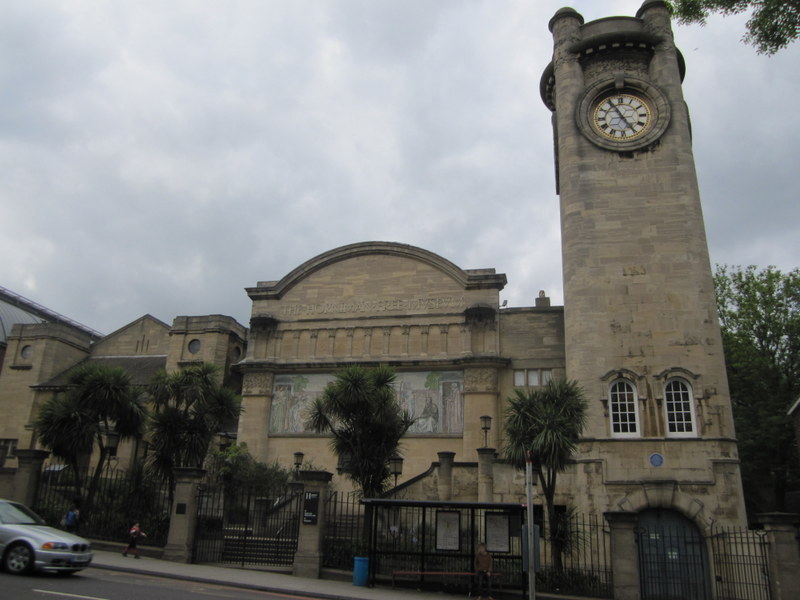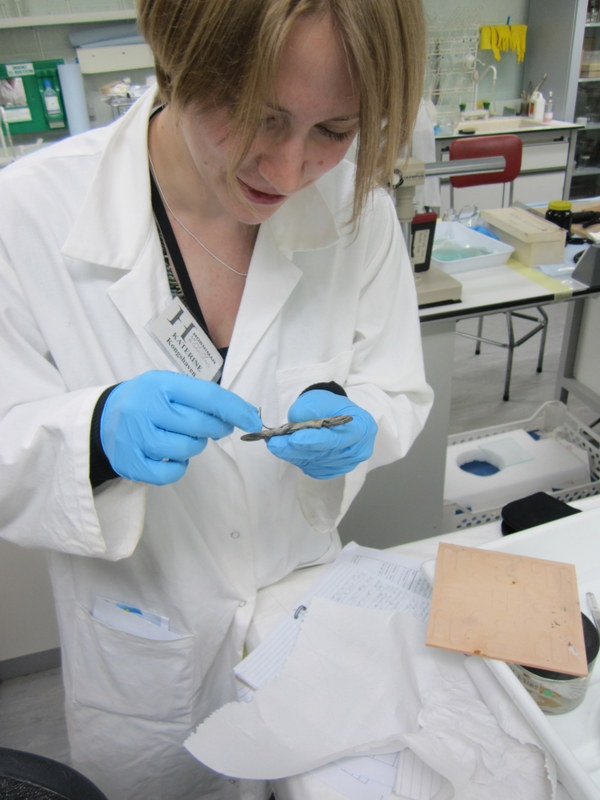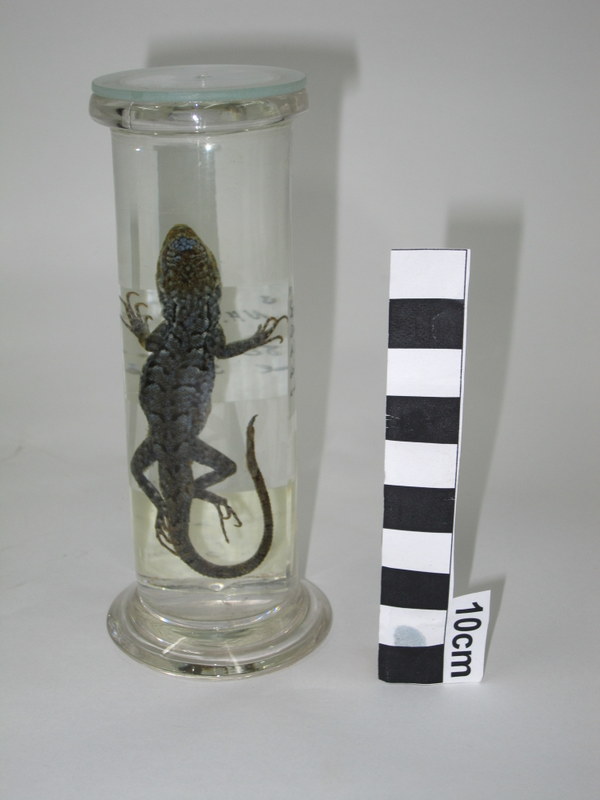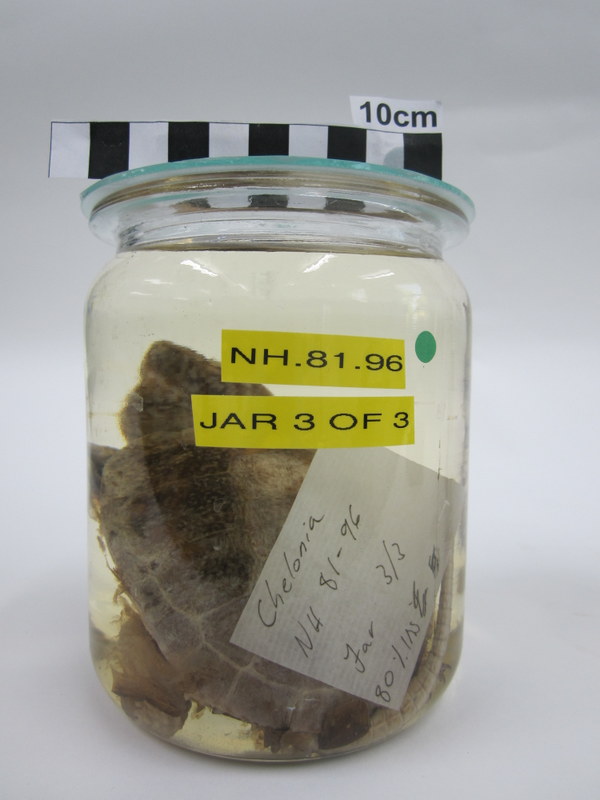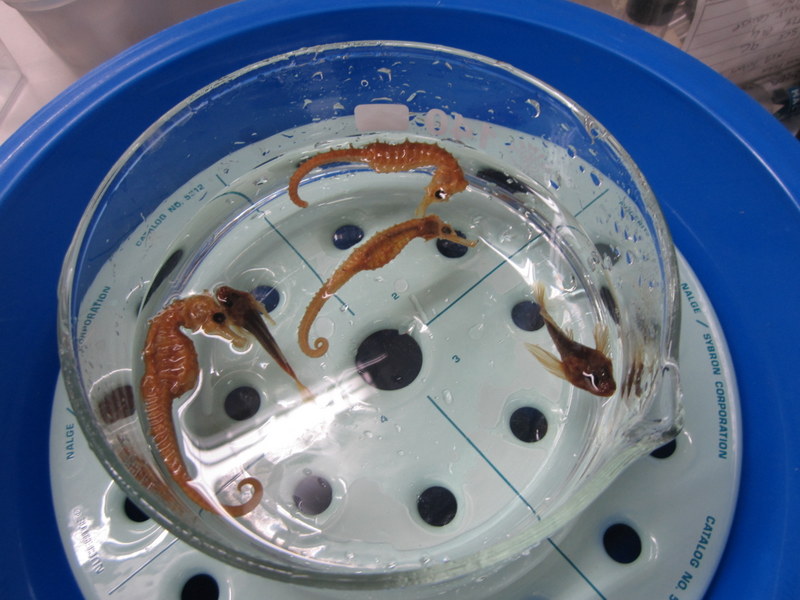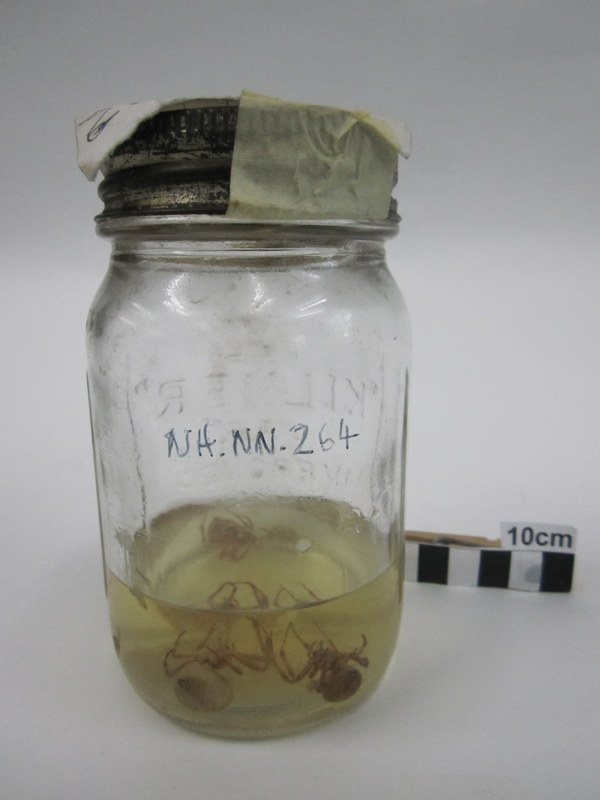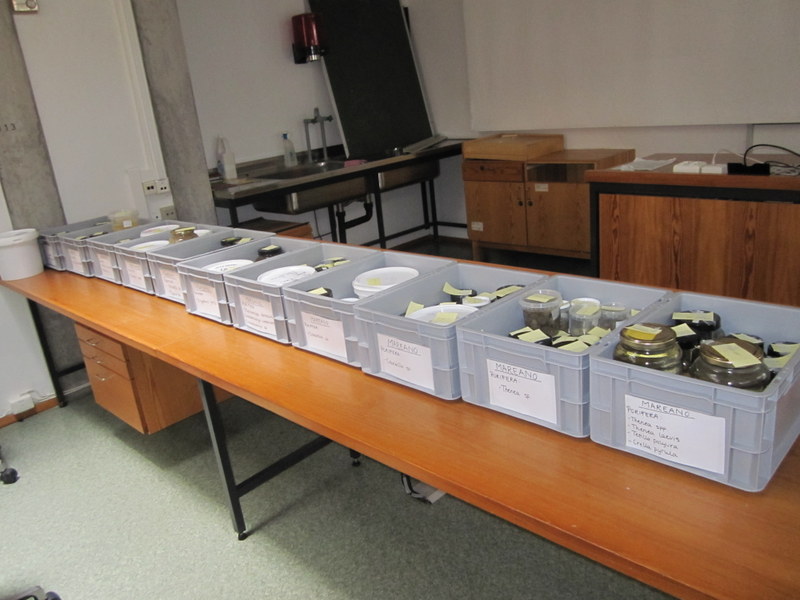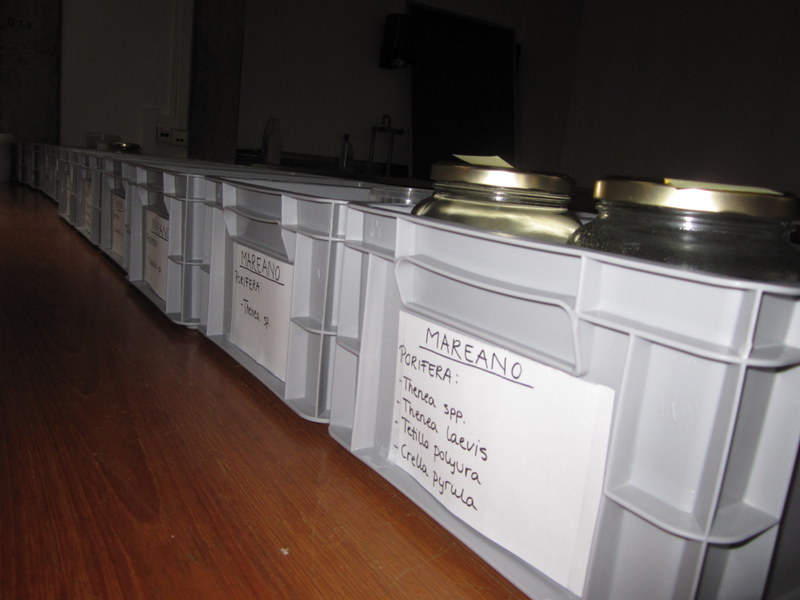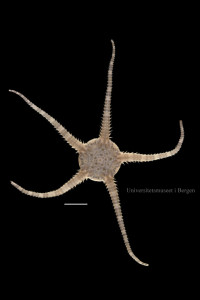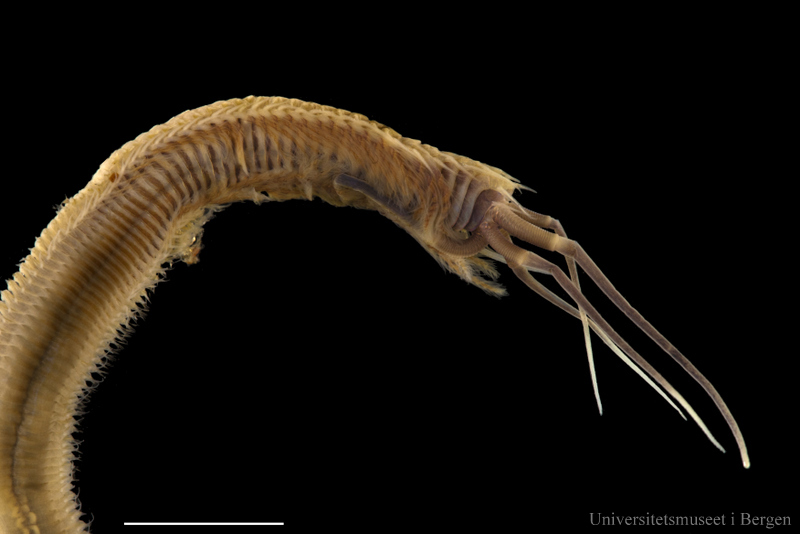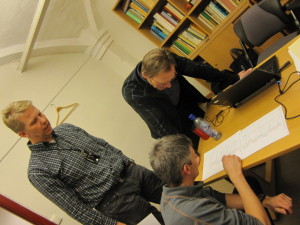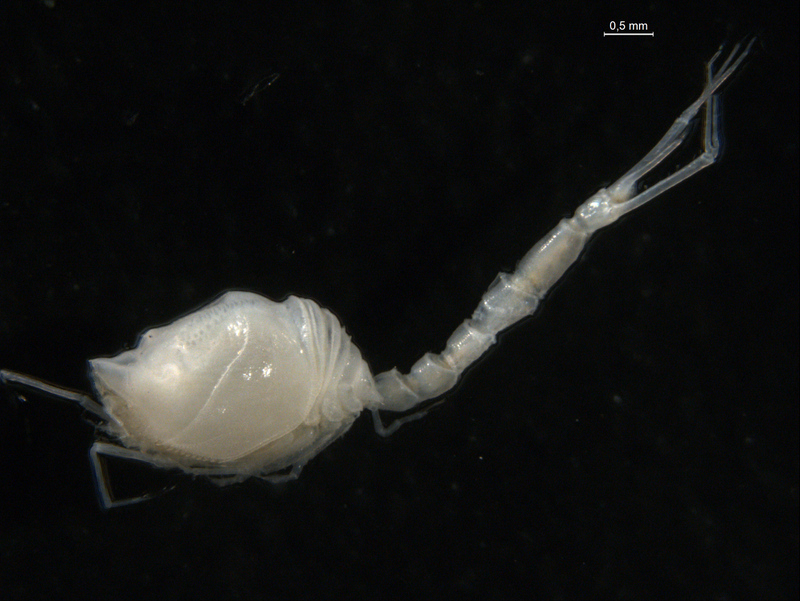Curating a natural history collection comes with many challenges; how do you “freeze” the specimen in such a state that another taxonomist can request to examine it in 10 (20, 30, 50, 100…) years from now, and expect to find the same characters (the traits that are used for determining which species one is looking at) as the one who originally described or determined the specimen?
Which fluid should then be used as a preservative? Here we nee to take into consideration such features as potential harmfulness, fire hazards, longviety, the possible effects on histology and DNA, resistance to pests, effects on the container it is kept in, etc. etc. And how should the samples be stored? How do you rescue objects that have been damaged?
I spent most of last week attending a course in methods for fixing and preserving natural history specimens in fluid; The «Fluid Preservation Course» was given by Simon Moore at The Horniman Museum in London.
Some of the topics covered included
- different methods and chemicals for fixating and preserving specimens,
- how to work with glass (cutting, drilling and grinding), especially how to make lids for jars of various sizes,
- how to make and repair objects for display,
- how to salvage specimens that have been damaged due to dessication, fungi or other perils,
- avaliable chemicals and their properties,
- how to determine which chemicals the animals are stored in
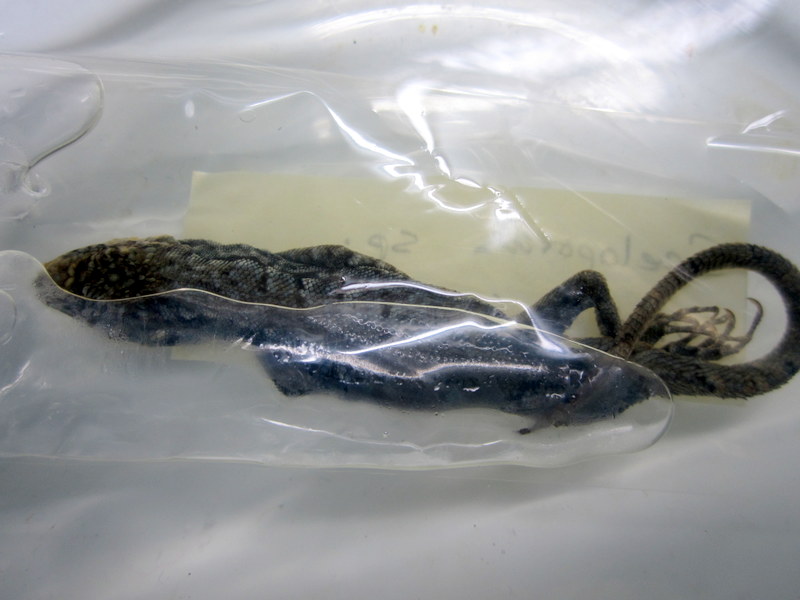
Making a display part 1: One lizard in a bag. Extract from bag, figure out which preservative has been used, transfer to suitable new preservative.
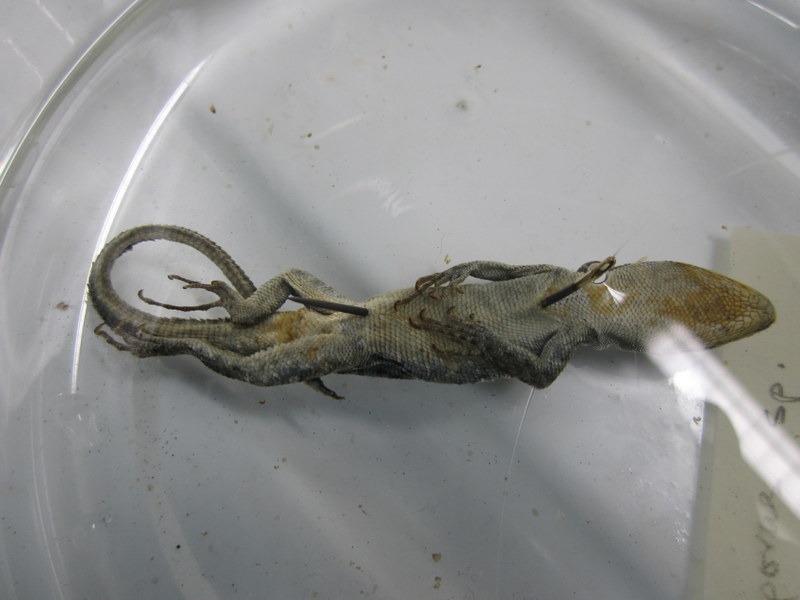
Making a display part 2b: Stitch monofilament in to lizard to mount it on a custom made piece of glass in the jar (it looks rather brutal, doesn’t it?)
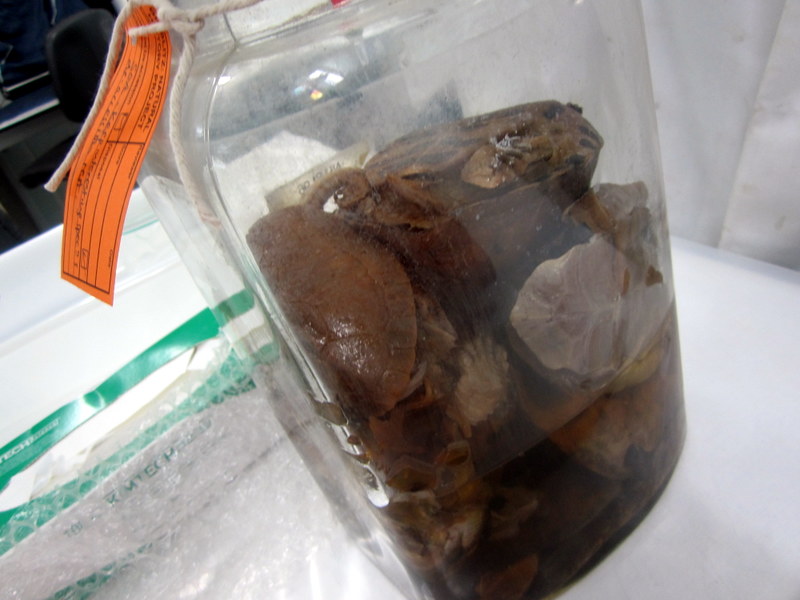
A jar stuffed full of turtles and tortoises in really bad condition – we tried to salvage as much as possible, especially one specimen that was of a species they didn’t have in the museum collection.
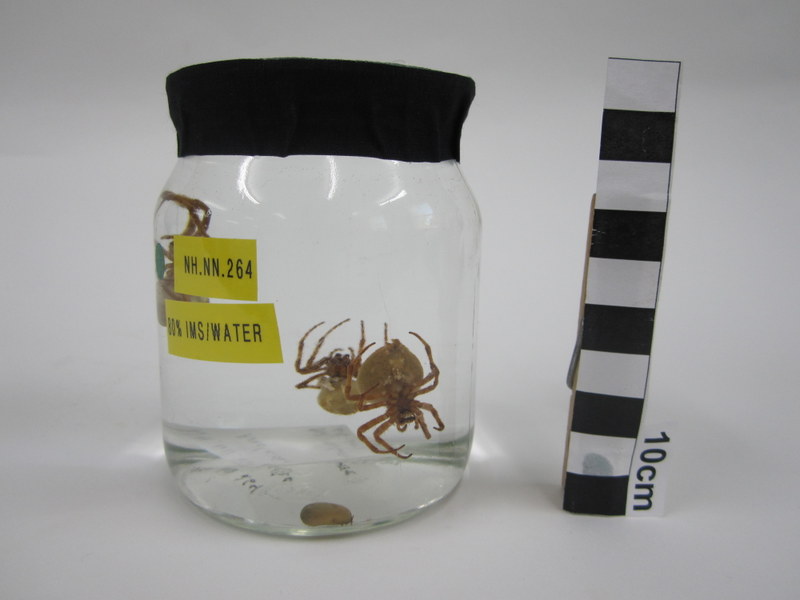
The spiders have been mounted on monofilament, the missing legs have been re-attached using class needles and colloidin as glue, the jar has been replaced, and they are now stored in 80% alcohol.

